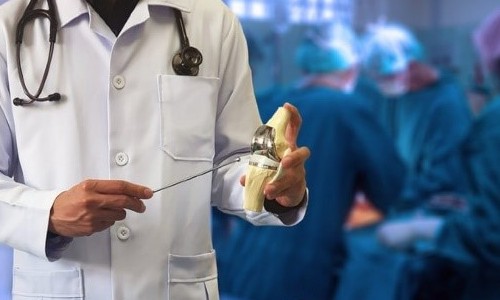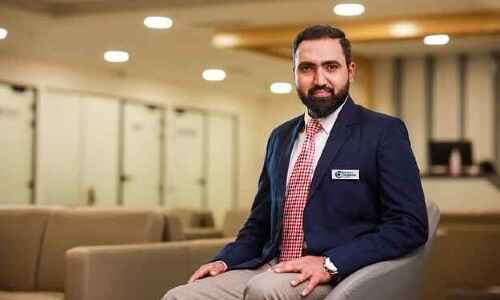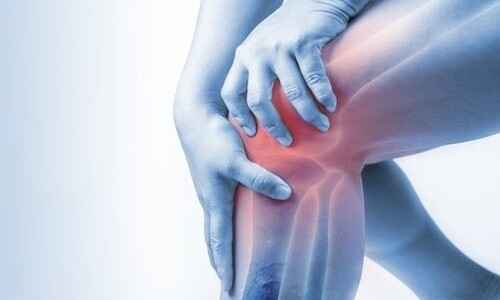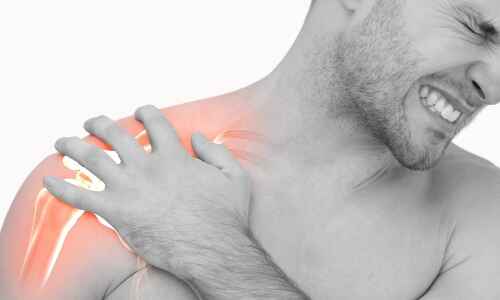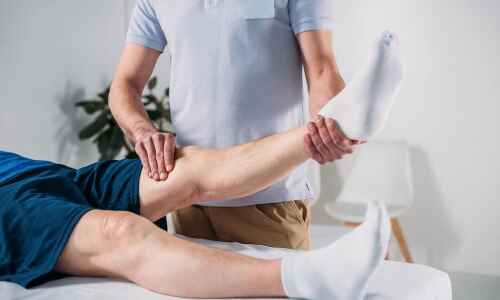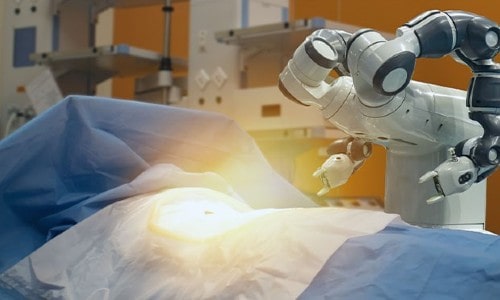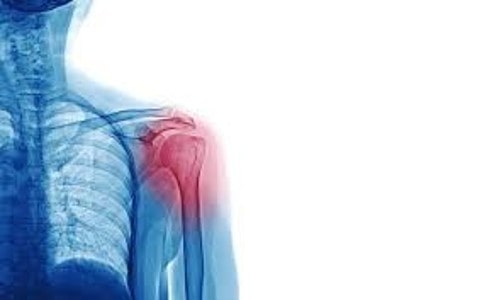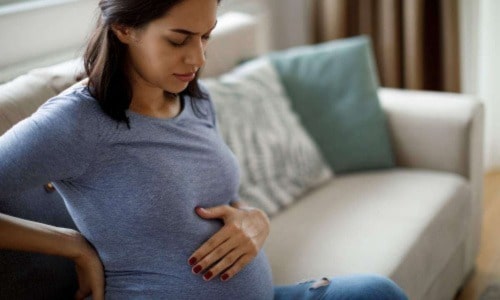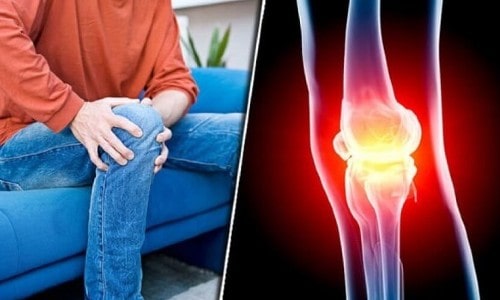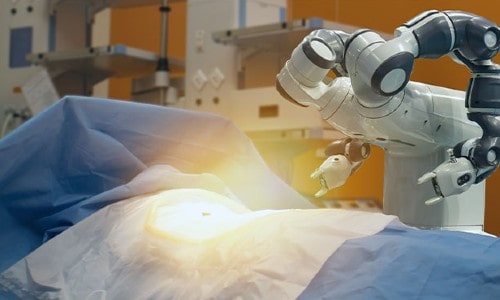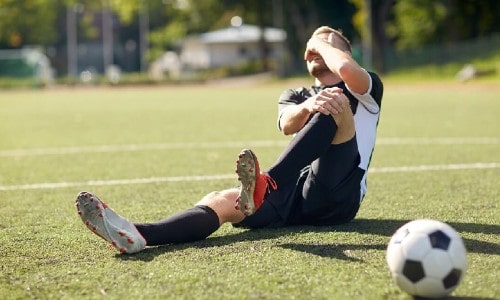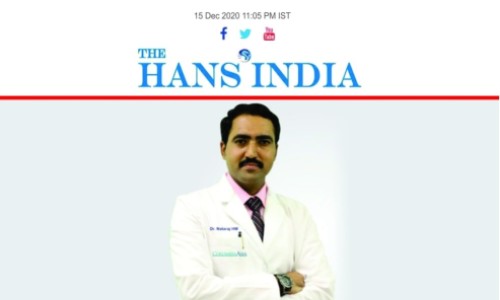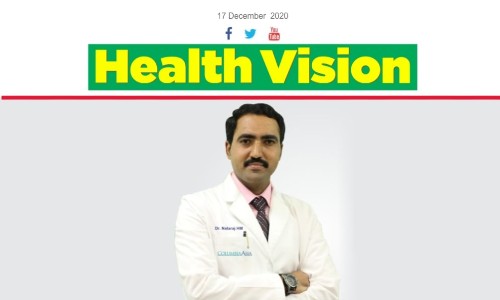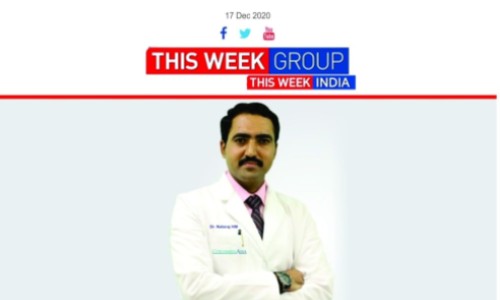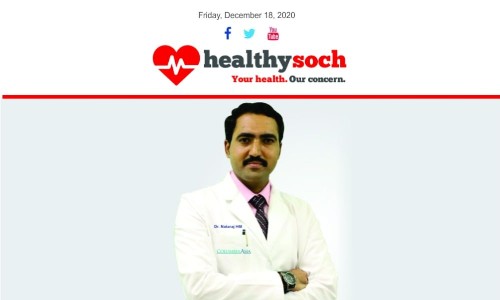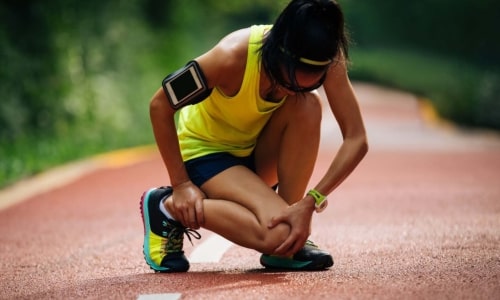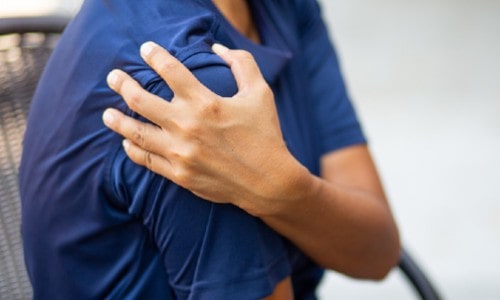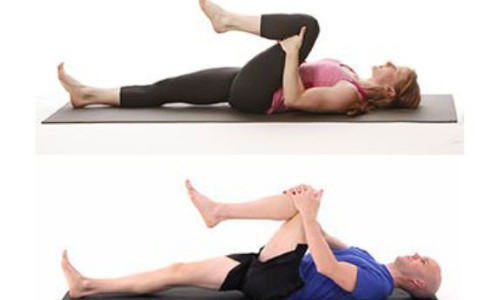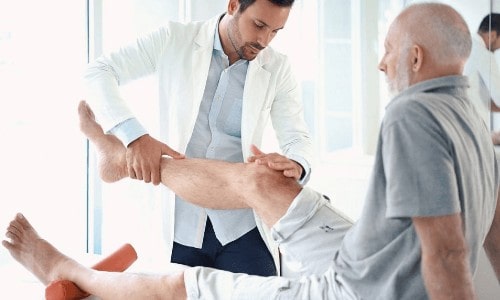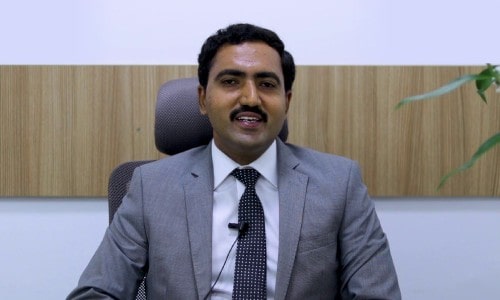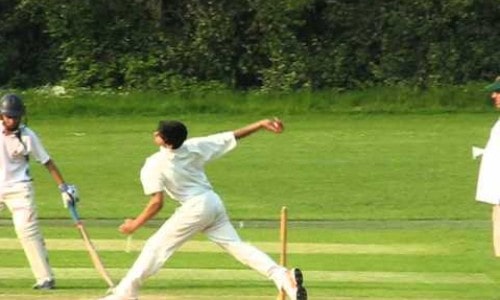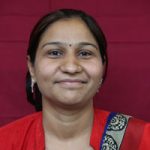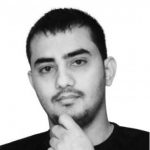Shoulder Dislocation
Shoulder Dislocation

Quick Appointment
“In the past, instability was a lot different than it is now. In the 50s and the 60s, even in the 70s before we learned a lot about the shoulder, it was a traumatic anterior dislocation. “There were a few techniques and the measure of success was that you would have a stable shoulder. It wasn’t about the range of motion or playing sports; it was about the fact that your shoulder would never come out again.”
Since then, both the number of pathologies and operative choices has increased. “You can have anterior, posterior or multidirectional instability. We have new technologies, devices and instruments. Success is defined not only by stability but by mobility and actually returning to a level of function that our patients now demand from us.
Understanding the pathology of instability has evolved and has improved both surgical procedures. “I think we will come to a consensus that for anterior instability, the most important structure is the anterior inferior glenohumeral ligament, Dr Nataraj H M said. “The muscles play an extremely important role because they protect the capsule and the ligaments, but the repair has to be concentrated on reattaching the labrum if it is detached and tightening the capsule enough so that it is stable, yet you maintain a good range of motion.”
Goals are consistent
No matter which type of procedure is chosen, the goals of the surgeon should remain the same. “When you are correcting instability, whether you choose open or arthroscopic, you have to define the pathology, provide stability, achieve the range of motion and hopefully return the patient back to functional activities or sports,” Dr. Nataraj H M said.
“However, one of the problems that we have dealt with over the past 20 years is making the patient too tight,” he said. “That makes them develop arthropathy.
Dr said the advantages to arthroscopic repairs for instability are that they are less invasive, they decrease the morbidity, result in better cosmesis and allow for better motion. “However, when we look at the results in some of the older studies, we will see that there is clearly an advantage to the open procedure.” He said that the results currently coming out in the literature reflect a better understanding of indications, which will dramatically improve the results seen from arthroscopic procedures.
Arthroscopic evolution
Historically, the orthopaedic community’s attempts to cut corners have usually led to trouble, and that is “certainly true with arthroscopy,” he said.“Whenever we want to do something arthroscopically, the challenge is can we duplicate the same procedures, results and outcomes as with the open procedure,” said. “Remember, whatever we do, whether it is open or arthroscopic, the challenge for all of us taking care of our patients is to avoid failure the first time.”
The evolution of the arthroscopic procedures for shoulder instability has included many attempts to cut corners such as staple capsulorrhaphy, and transglenoid fixation.
The late 90s brought thermal capsulorrhaphy into the spotlight as a new arthroscopic procedure. Concerns over axillary neurapraxia, capsular obliteration, chondrolysis, and high complication rates in the literature have cast doubts over the procedure. “Thermal capsulorrhaphy has no role in my practice because it has an unproven track record and doesn’t make sense because you are doing something that you would never do open,” Dr said.
Closing the results gap
The evolution of arthroscopic instability repair is bringing it closer to the open approach in methods and results, Dr said. “There have been some significant advances in understanding the anatomy, significant advances with arthroscopy and significant advances with technology to allow us to better recreate what we do in the open situation. The results in the literature have now started to follow suit. “Unlike the meta-analyses which looked at operations from the late 80s to 90s, when you now look at more modern techniques the results are more equivalent to the open operations.”
As the indications for arthroscopic shoulder surgery become clearer, certain subpopulations have proved to be better candidates for open procedures, such as patients with significant bone defects. Dr said 89% of patients who are contact athletes with a bone defect fail with arthroscopy. “The take-home point is don’t do this surgery in that subset of patients.”
TDr said his current indications for arthroscopic stabilization include first-time dislocators, recurrent dislocators and recurrent subluxators. Contraindications include those with significant glenoid bone loss or large osteochondral humeral defects. Peer pressure and patient pressure are also not good reasons to perform arthroscopic surgery, he said.
Closing the results gap
Dr said that the choice is either arthroscopic or an open capsular shift. He said he prefers the lateral shift. His indications include multidirectional instability, patients who participate in contact sports, and those with clear bony defects.
One issue with the open capsular shift comes with the incision of the subscapularis. “Some people say that you shouldn’t take off the subscapularis,” Dr said. “Well, you have to because the capsule lies deep to the muscle insertion of the subscapularis. It is 15 mm inferior to the muscle so you really have to take it.”
Dr said that one goal of arthroscopic stabilization is biologic healing. He likes to abrade the glenoid. “Just as we would in an open operation, you want to encourage healing back to the labrum.”
Although the literature has indicated through years of results and analyses that the open procedure is the gold standard, Dr reminded the audience that there are pitfalls to avoid. “Instability surgery has evolved to the point where I think we can say that arthroscopic repair is a very viable option,” he said.
“Open repair has excellent results; however, we do have to worry about subscapularis failure. I think it is higher than has been reported in the literature. A decreased range of motion has been a concern, especially for overhead athletes.”
The results for arthroscopic surgery, overall, are now equivalent to the open operation. “It is no longer experimental; I think most people will agree with that.”
He reminded the Patients that it is a surgeon-specific procedure. “You have to do what you are most comfortable with, and there are some patient-specific factors that we should always keep in mind as well.”
